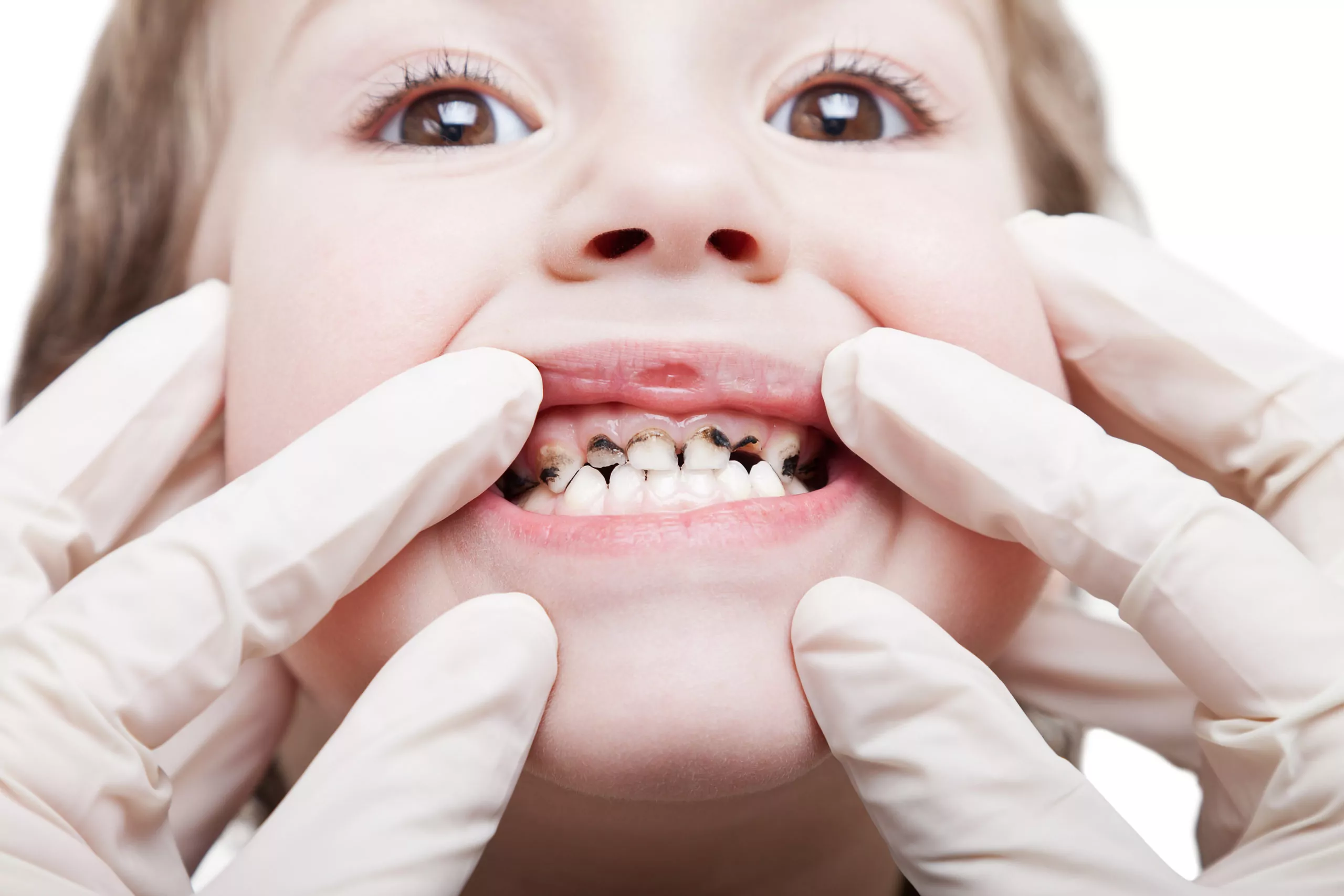
Toddlers’ smiles are precious. Seeing tooth decay can be alarming. It is a common problem. Understanding its causes is vital. Prevention starts with knowledge. Let’s explore why it happens.
Understanding its Causes is Vital
Tooth decay, or cavities, results from acids. These acids attack tooth enamel. Sugar in food feeds bacteria. These bacteria produce the harmful acids. Toddlers are especially vulnerable. Their enamel is thinner.
Sugar in Food Feeds Bacteria
Bacteria live naturally in the mouth. They form a sticky film. This film is called plaque. When sugar enters the mouth, bacteria feast. They then release acids. These acids dissolve minerals from enamel. This process leads to decay.
Frequent Sugar Exposure
Toddlers often snack frequently. Many drinks contain hidden sugars. Juice, milk, and formula are examples. Giving bottles at bedtime is risky. The liquid pools around teeth. This creates a constant sugar bath. This is often called “baby bottle decay.”
“Baby Bottle Decay”
This specific type of decay affects front teeth. It’s caused by prolonged sugar exposure. A bottle at naptime or bedtime is a culprit. The sugar sits on teeth for hours. This gives bacteria ample time to work. It’s a preventable issue.
Poor Oral Hygiene Practices
Brushing toddlers’ teeth is crucial. Many parents miss this step. Neglecting brushing leaves plaque. The acids then attack unchallenged. Start brushing teeth as soon as they appear. Use a tiny smear of fluoride toothpaste.
Fluoride Toothpaste is Crucial
Fluoride strengthens tooth enamel. It makes teeth more resistant to acid. It also helps remineralize early decay. Use a rice-grain size for toddlers. A pea-size amount works for older kids. Always supervise brushing to prevent swallowing.
Transfer of Oral Bacteria
Parents can pass on bacteria. Sharing spoons transmits germs. Cleaning pacifiers with your mouth transfers them. These bacteria cause cavities. Be mindful of these seemingly innocent acts. Healthy mouths start early.
Limited Access to Dental Care
Some families face barriers. Dental visits may be infrequent. Early detection of decay is missed. Regular check-ups are essential. The first dental visit should be by age one. This establishes a “dental home.”
Lack of Parental Awareness
Many parents don’t realize risks. They might not know about hidden sugars. The importance of early brushing is overlooked. Education plays a significant role. Dentists can provide crucial information. Public health campaigns help spread awareness.
Developmental Grooves in Teeth
Toddlers’ teeth have grooves. Molars have deep fissures. These areas trap food particles. Brushing can miss these spots. Sealants can protect these vulnerable areas. They are a plastic coating.
Weak Enamel Development
Some children have weaker enamel. This can be due to genetics. It might result from certain illnesses. Illnesses during tooth formation impact quality. These teeth are more prone to decay. Fluoride becomes even more vital.
Certain Medical Conditions
Some conditions increase risk. Children with special needs may struggle. Conditions affecting saliva flow are problematic. Saliva washes away food. It also neutralizes acids. Dry mouth increases decay risk.
Medications with Sugar Content
Many children’s medicines are sweetened. Syrups often contain sugar. This improves taste for kids. Administering medicine before bed is risky. Always brush teeth after giving medicine. This helps protect their teeth.
Snacking Frequency and Timing
Frequent snacking is a problem. Each snack starts an acid attack. Limit sugary snacks. Choose healthy alternatives instead. Cheese, vegetables, and fruit are good. Avoid constant grazing.
Juice Intake and Decay
Juice is often perceived as healthy. However, it’s high in sugar. Limit juice consumption. Water is always the best choice. Dilute juice significantly if given. Avoid sippy cups with juice throughout the day.
Sippy Cup Misuse
Sippy cups can be useful. But constant use with sugary drinks is harmful. They bathe teeth in sugar. Encourage drinking from a regular cup. Introduce this by 12-14 months. This reduces prolonged sugar exposure.
Lack of Xylitol Use
Xylitol is a natural sweetener. It starves decay-causing bacteria. It’s found in some chewing gum. Also in certain toothpastes. It can reduce cavity risk. Discuss with your dentist if suitable.
Environmental Factors
Community water fluoridation helps. It provides low-level fluoride. This strengthens all teeth. If your water isn’t fluoridated, discuss options. Supplements might be recommended.
Pacifier Dipping in Sweeteners
Some parents dip pacifiers. Honey or sugar might be used. This coats teeth in sugar. It severely increases decay risk. Avoid this practice entirely. It’s very harmful to young teeth.
Bedtime Feeding Habits
Feeding a toddler to sleep is risky. The milk or juice sits on teeth. Saliva flow decreases during sleep. This means less acid neutralization. Always clean teeth after the last feeding.
Parental Smoking Exposure
Secondhand smoke impacts oral health. It increases cavity risk. It can also affect gum health. Keep your home smoke-free always. This protects your child’s overall well-being.
Economic Disparities
Access to healthy food varies. Low-income families face challenges. Sugary, processed foods are cheaper. Dental care access is often limited. These factors contribute to decay.
Dental Sealants Consideration
For older toddlers/children, sealants protect. They are applied to molars’ chewing surfaces. They prevent food and bacteria from settling. They create a smooth, cleanable surface. This is a powerful preventive measure.
Toddler tooth decay often stems from frequent sugar exposure, poor hygiene, and bacterial transfer, underscoring the vital role of early dental care and parental education.
